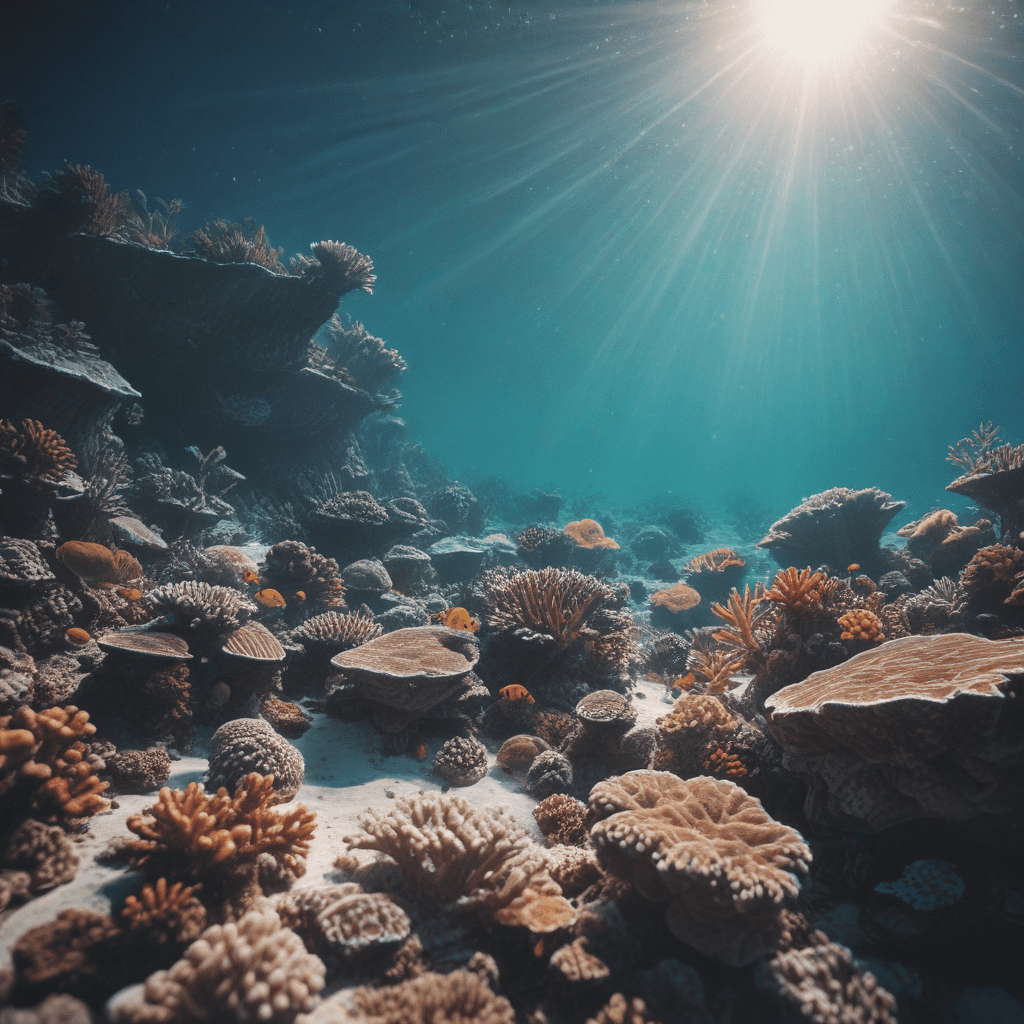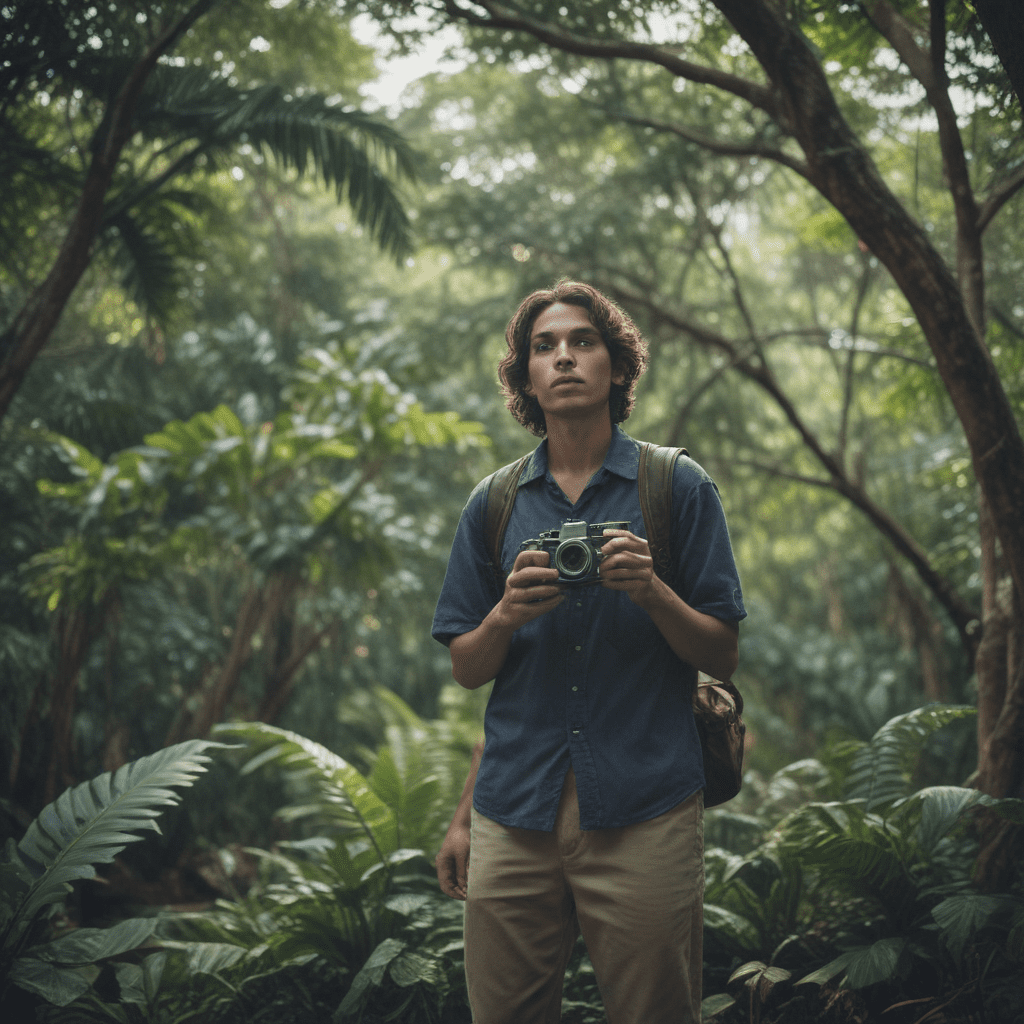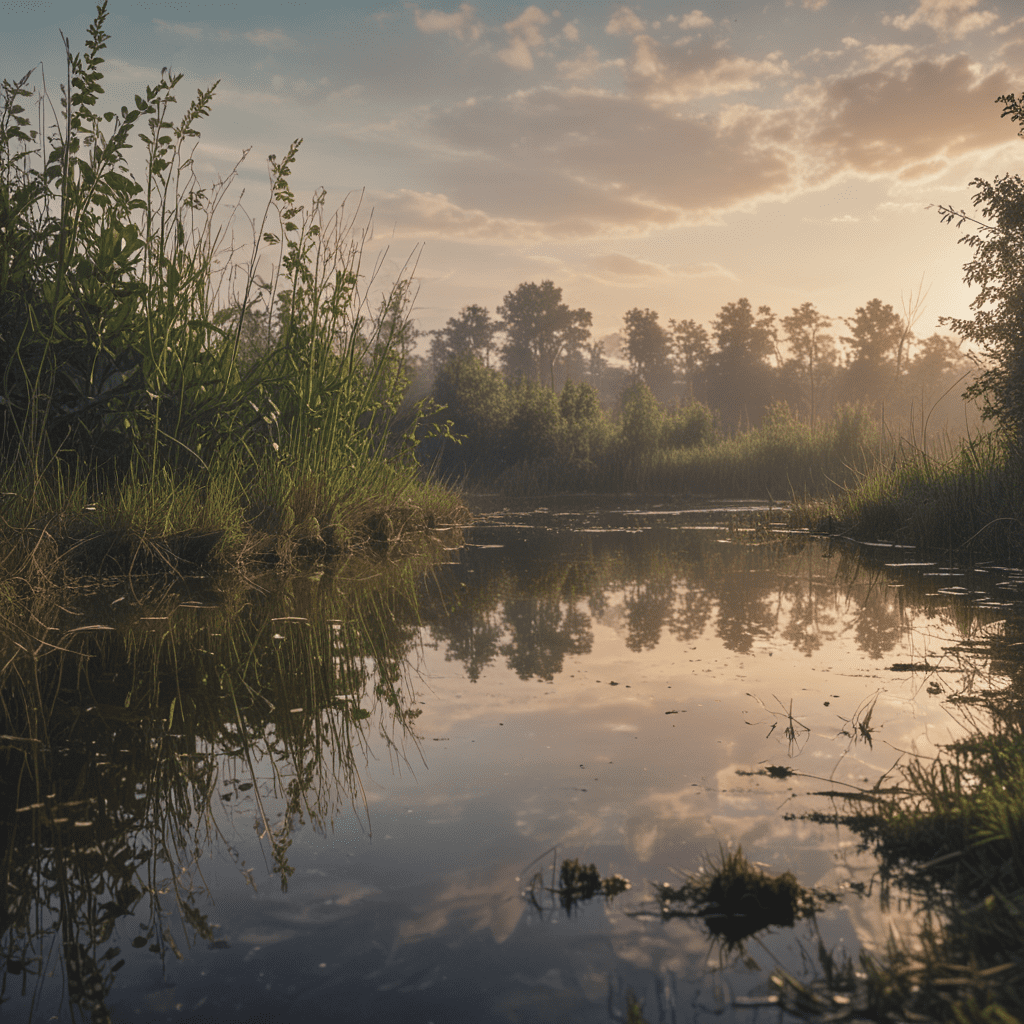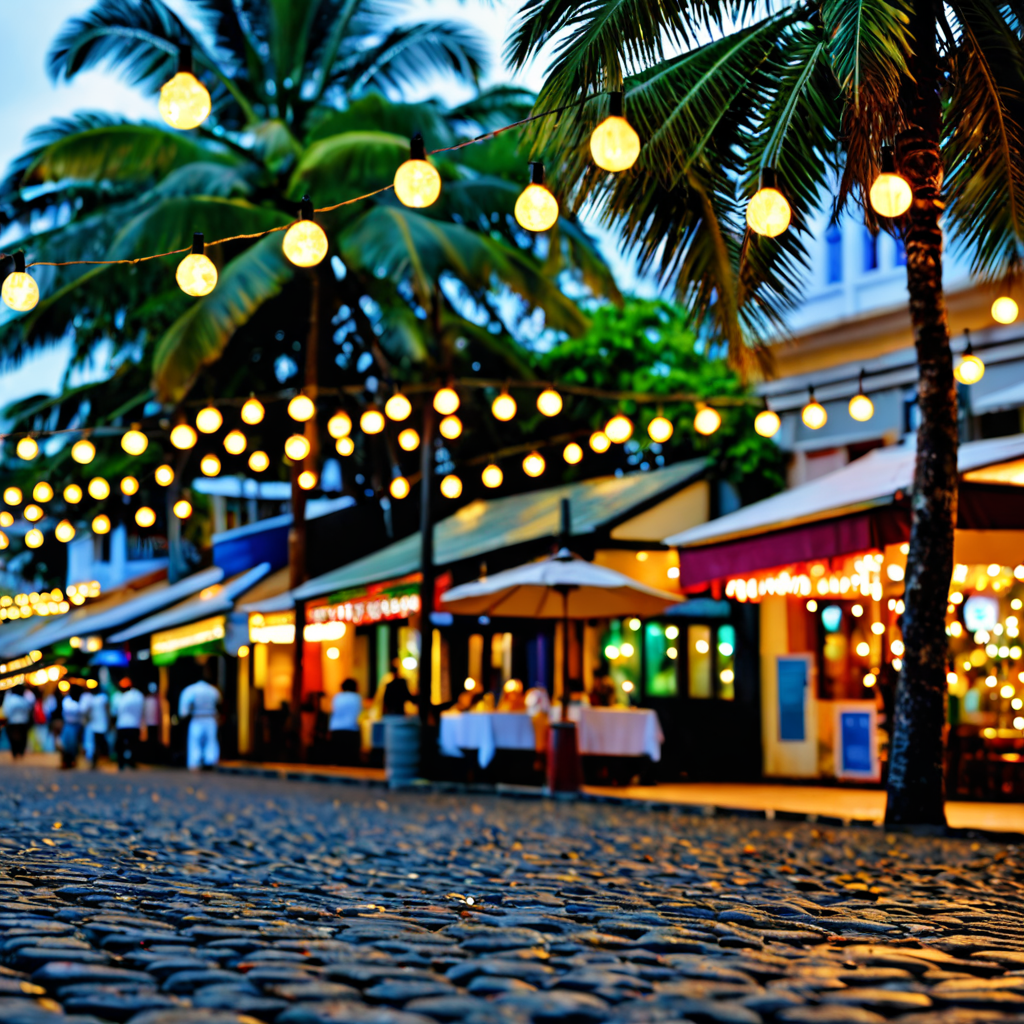
Exploring the Barrier Reef of Belize
1. Introduction
The Belize Barrier Reef, a majestic underwater wonderland, is the second-largest coral reef system in the world, stretching for over 185 miles along the coast of Belize in Central America. As a UNESCO World Heritage Site, this vibrant ecosystem is a treasure trove of biodiversity, home to an incredible array of marine life and a breathtaking display of coral formations.
2. Location and Geography
Nestled along the Caribbean coast of Belize, the Barrier Reef lies a mere half-mile to several miles offshore, offering easy access for exploration and adventure. Its close proximity to the mainland and numerous cayes makes it a popular destination for divers and snorkelers alike, offering a convenient gateway to an underwater paradise.
3. Marine Life and Ecosystems
The Belize Barrier Reef teems with life, boasting an astounding diversity of marine species. From vibrant corals and colorful fish to graceful sea turtles and majestic whale sharks, the reef is a haven for underwater exploration. The intricate ecosystems within the reef include coral gardens, seagrass beds, and mangrove forests, each playing a vital role in maintaining the delicate balance of this marine wonderland.
4. Activities and Experiences
The Belize Barrier Reef offers a plethora of activities for adventure seekers and nature enthusiasts alike. Snorkeling and diving unveil the dazzling underwater world, while fishing and sailing provide opportunities to connect with the sea. Unique experiences like swimming with whale sharks, exploring underwater caves, and visiting ancient Maya ruins add to the allure of the reef.
6. Cultural Significance
The Belize Barrier Reef holds immense cultural significance for the people of Belize. For generations, the reef has been an integral part of their livelihoods, providing sustenance through fishing, tourism, and a source of traditional beliefs and practices. Local communities have a deep connection to the reef, viewing it as a sacred space and a vital part of their cultural identity.
The Garifuna people, descendants of West Africans and indigenous Caribs, have a particularly strong connection to the reef. Their traditional knowledge and practices, such as sustainable fishing techniques and rituals honoring the sea, play a crucial role in reef conservation. The Maya civilization also left its mark on the area, with ancient ruins scattered across the coast and cayes, offering a glimpse into their reverence for the natural world.
7. Planning Your Trip
Embarking on an adventure to explore the Belize Barrier Reef is a journey filled with excitement and wonder. To make the most of your experience, here's a guide to planning your trip:
Getting there: Belize City, the country's largest city, is the main gateway to the Barrier Reef. Regular flights connect Belize City to major international airports, making it easily accessible. From Belize City, you can take domestic flights, water taxis, or buses to reach various destinations along the coast and cayes.
Best time to visit: The dry season from November to April offers the most favorable conditions for exploring the reef, with sunny skies, calm seas, and excellent visibility. However, the shoulder months of May, June, and October can also be enjoyable, with fewer crowds and potential discounts on accommodations.
Accommodation: Belize offers a wide range of accommodation options to suit every budget and preference. From luxurious resorts on private islands to cozy guesthouses in coastal towns, you'll find a place to call home during your reef adventure.
8. Responsible Tourism
As you explore the Belize Barrier Reef, it's crucial to embrace responsible tourism practices to minimize your environmental impact and ensure the long-term sustainability of this precious ecosystem. Here are some ways to be a responsible visitor:
Choose eco-friendly tour operators: Opt for tour operators committed to sustainable practices, such as using fuel-efficient boats, minimizing waste, and educating tourists on reef conservation.
Respect marine life: Avoid touching or disturbing corals and marine animals. Maintain a safe distance and observe them from a respectful distance.
Practice responsible diving and snorkeling: Avoid touching or standing on corals, and be mindful of your fins to prevent damage to the delicate ecosystem.
Dispose of waste properly: Always dispose of trash in designated bins or take it with you to dispose of properly on land.
Support local communities: Choose locally owned businesses and participate in activities that benefit local communities, ensuring that your tourism dollars contribute to the well-being of the people who call the reef home.
9. Interesting Facts
The Belize Barrier Reef is the largest barrier reef system in the Western Hemisphere and the second-largest in the world, after the Great Barrier Reef in Australia.
The reef is home to over 500 species of fish, 70 species of hard coral, and hundreds of invertebrates, making it a biodiversity hotspot.
The Belize Barrier Reef is also home to several endangered species, including the West Indian manatee, the hawksbill turtle, and the Nassau grouper.
The reef is a vital economic driver for Belize, generating millions of dollars in tourism revenue and supporting thousands of jobs.
In 1996, the Belize Barrier Reef was designated as a UNESCO World Heritage Site, recognizing its outstanding universal value.
10. FAQ
Q: What are the best places to snorkel or dive on the Belize Barrier Reef?
A: Some of the most popular snorkeling and diving destinations on the Belize Barrier Reef include Hol Chan Marine Reserve, Shark Ray Alley, the Blue Hole, and Glover's Reef.
Q: Can I swim with whale sharks in Belize?
A: Yes, swimming with whale sharks is a popular activity in Belize during the months of March to June. These gentle giants migrate to the area to feed on plankton, offering an unforgettable encounter for divers and snorkelers.
Q: Are there any ancient Maya ruins near the Belize Barrier Reef?
A: Yes, several ancient Maya ruins are located near the Belize Barrier Reef, including Altun Ha, Lamanai, and Xunantunich. These archaeological sites offer a fascinating glimpse into the history and culture of the Maya civilization.
Q: How can I help conserve the Belize Barrier Reef?
A: You can help conserve the Belize Barrier Reef by following responsible tourism practices, supporting organizations dedicated to reef conservation, and raising awareness about the importance of this precious ecosystem.


